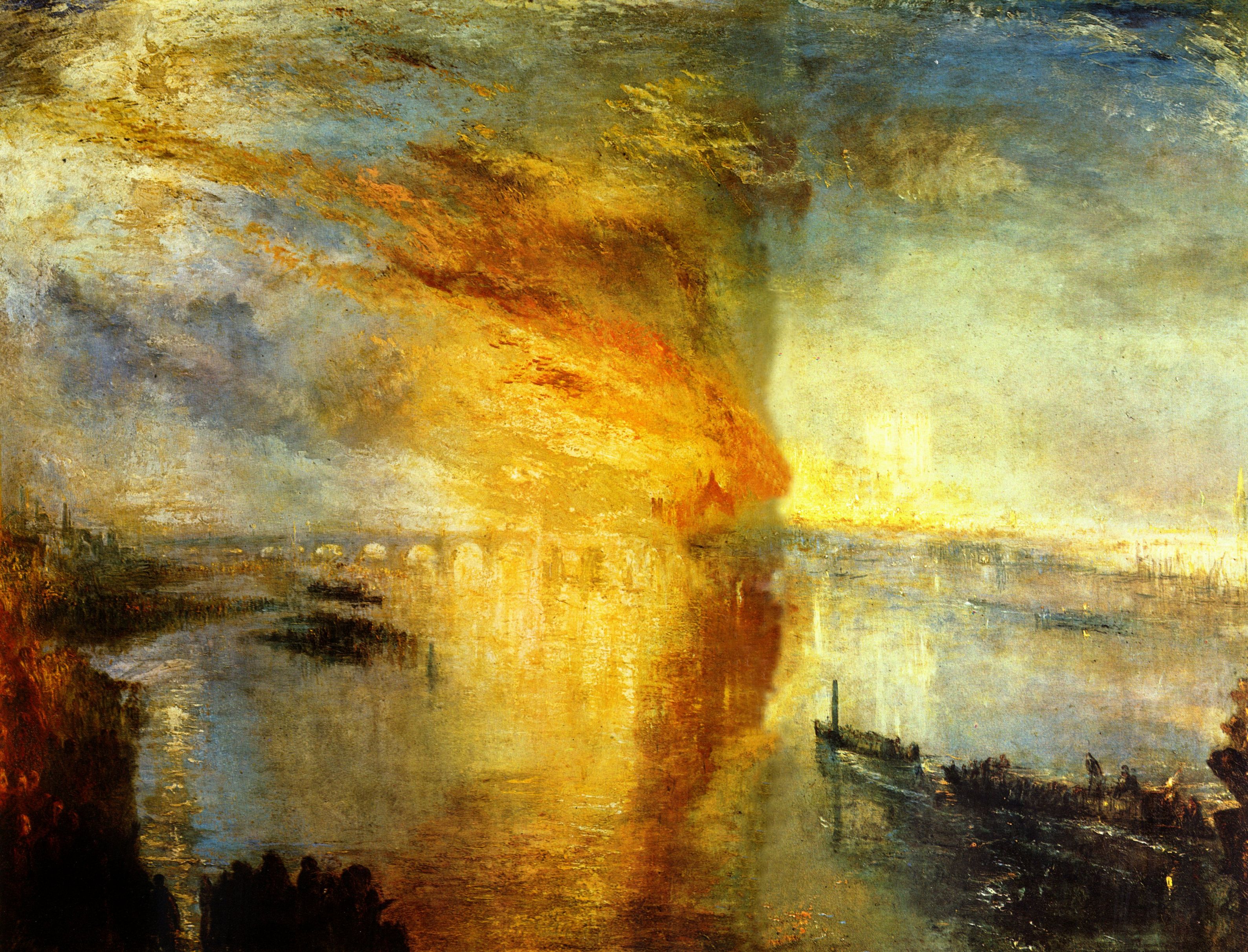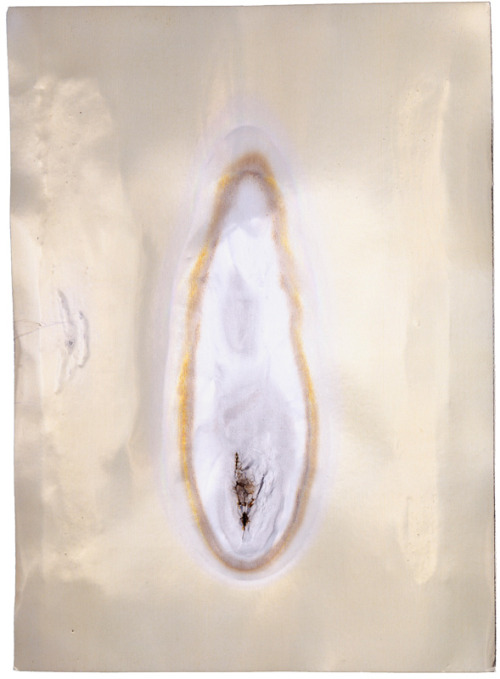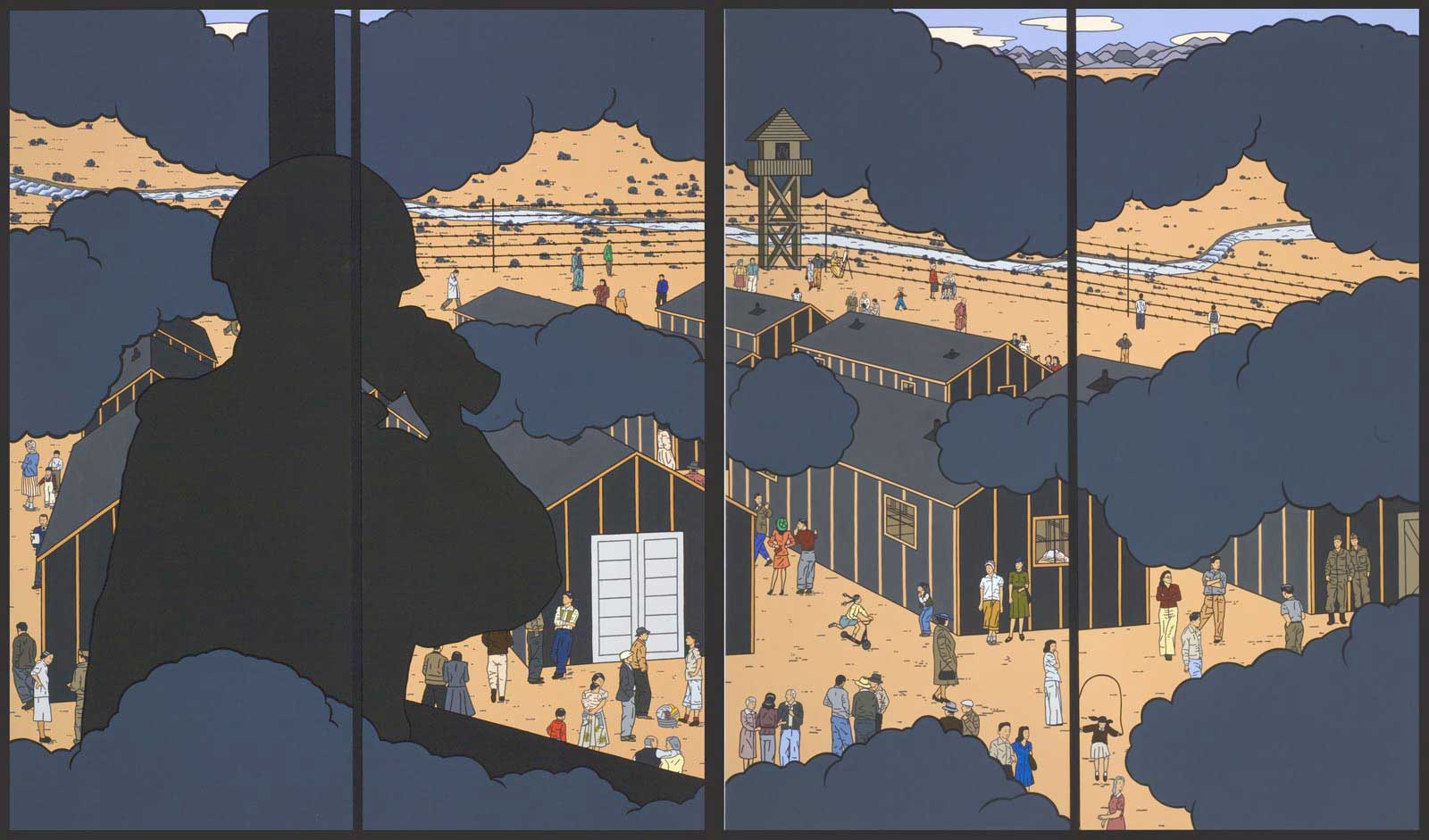 |
| Utagawa Kuniyoshi, The Nue Monster, the End, 1852 |
Bookiyo-e
By TROY WORKMAN
Nue is one of the oldest recorded ghosts in Japanese history. Being first documented in 712 CE, the Nue has the head of a monkey, the legs of a tiger, the torso of a racoon, and a snake as the tail. Nue's most famous appearance happens when Emperor Konoe begins to have nightmares about this creature, and out of stress, grew very sick. His illness was attributed to the evil spirit that visited his dreams, because medicine could not cure him. A few days later, a massive storm gathered over the emperor's palace, as seen above. Lightning caught the thatch roof on fire, and Emperor Konoe summoned his best samurai, Minamoto no Yorimasa, to eliminate the Nue. Yorimasa brought along his retainer I no Hayata, and his legendary bow to kill the monster. Soon, a gust of wind blew over the palace, and a giant black cloud followed. Yorimasa shot an arrow into the cloud, a horrible scream sounded, and out fell the wounded Nue, plummeting to the ground. I no Hayata climbed on its body and cut the monster down with his sword, killing it instantly. Emperor Konoe instantaneously recovered from his illness, and rewarded the valiant warriors with a legendary sword.



























